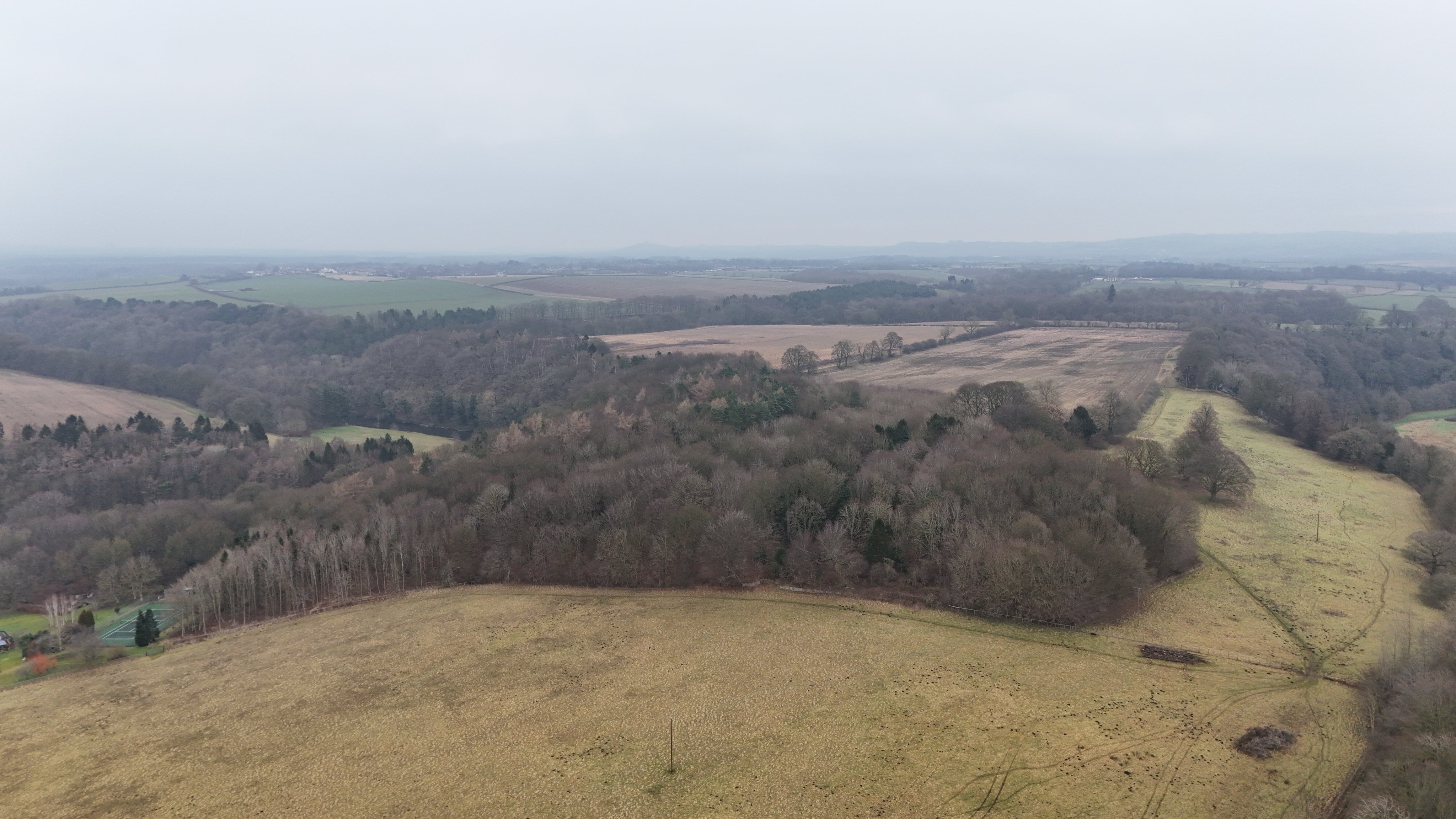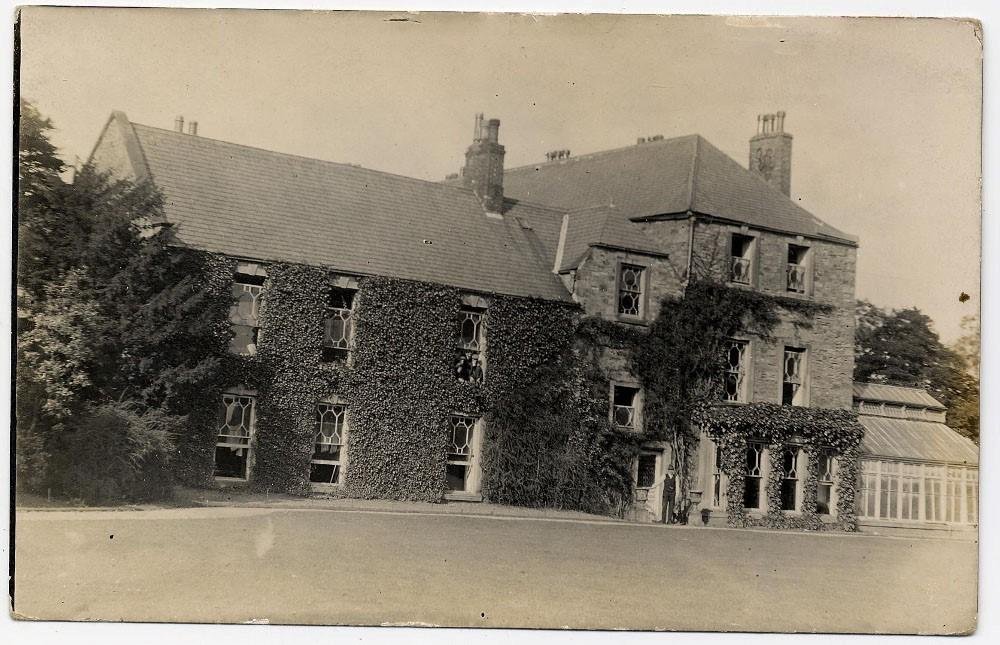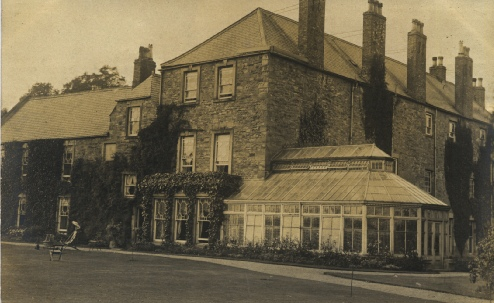
Cocken
Cocken Hall
Last Updated:
10 Feb 2025
Cocken
This is a
Country House, Convent, Military Camp
54.819718, -1.554716
Founded in
Current status is
Reclaimed
Designer (if known):

Now wooded with partial remains in situ
This wooded area within the Wear peninsula, over the river from Finchale Priory, was once the site of Cocken Hall. Despite being demolished over a century, it remains great importance in the history of North Durham.
The Cocken estate has been referenced since medieval times, associated with the Priory of Durham and later Finchale. The famous Carr family also held the lands under Ralph, who was Mayor of Newcastle in the latter half of the 17th century as well as MP. They leased this land to a group of Carmelite nuns named the Teresians in the early 19th century, whose lives were devoted to the life of St Theresa. They had fled to England after the French Revolution to seek refuge in a country more sympathetic to Catholics, so the Carrs offered to put them up here. The opening of Cocken Colliery led them to the rural fringes of Darlington. Their convent only closed within the past 15 years due to financial constraints.
In the time thereafter, it ended up being passed to Durham's growing industrial gentry. John Gully, a street fighter and publican turned colliery magnate and MP, lived here in the latter years of his life. He owned the workings around Trimdon, Thornley and Wingate.
To Mackems out there, you might interested that Samuel Austin resided here at the end of the 19th century. He was in partnership with Pickersgill - the huge shipbuilders on the Wear. He had however left in the early 1900s, leaving the house unoccupied. The last formal tenant was a Ralph Milbanke Hudson, a merchant, but not for too long as it was reported as empty in the early 1910s.
As it lay empty, it became a perfect site for the Durham Light Infantry to take over. They used it as a station for training during WWI, where recruits from every corner of Durham would be taught the ropes here. Around 600 men were here at the start of the war in October 1914.
This was only a few months after the Suffragettes attempted to destroy it. The house, then valued at £12000, arrived here by car in the July with petrol, resin and firelighters. A fire was lighted under the grand staircase, but the caretaker quickly found it and extinguished it. A bag with suffrage literature and a petrol tin raised suspicion almost immediately.
In 1923, there were mootings that this would become a care facility for the "mentally defective", with a potential purchase of the 103 from the Earl of Durham. There was a chronic need for beds, with 900 needed a few years after the war. It never went ahead though after the Ministry of Health turned it down, and in 1930 demolition work went ahead despite attempts for the Earl to sell.
Listing Description (if available)


The maps shown here illustrate Cocken Hall in the 1840s and 1850s, just before the Ordnance Survey was first published in 1861. It shows the country house with its interesting winged composition. On the south west of the building was the estate lawn and summer house, with gardens along the east and north elevations enclosed on one side by the house. To the north featured a dairy and ice houses which was used to store ice prior to refrigeration which will have been packed with an insulator like straw.
There were multiple entrances too which all still survive to some extent. The east entrance is very clear along the road as a layby, while the west entrance is still used by a neighbouring property.

The Ordnance Survey of the mid 20th century presents up with the aftermath of the clearance, still featuring its web of paths and entrances through the wood but no structures whatsoever. Even the ice house and dairy and no longer presented.

Cocken Hall saw within these woods from the 17th century to the 1930s. The land at the bottom was pasture, while the east lane can be seen just over the wood.

what appears to be the south elevation of the hall during WWI. Source: Durham Record Office

The house in the 1890s or 1900s. Unknown original source.
